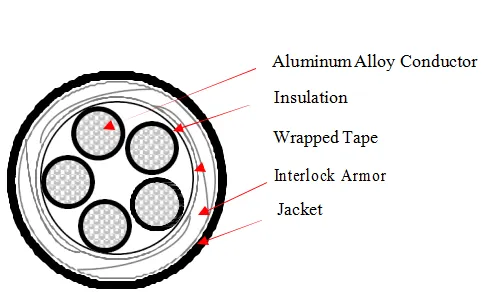10 月 . 13, 2024 00:56 Back to list
wafer and lugged butterfly valve
Understanding Wafer and Lugged Butterfly Valves A Comprehensive Guide
Butterfly valves are essential components in various industrial applications, used primarily for regulating or isolating flow within pipelines. Among the different types of butterfly valves, wafer and lugged designs are particularly popular due to their unique construction and functionality. In this article, we will explore the characteristics, advantages, and typical applications of wafer and lugged butterfly valves.
What is a Butterfly Valve?
A butterfly valve is a quarter-turn valve that uses a rotating disk to control the flow of fluid through a pipeline. The disk is positioned in the center of the valve body and is rotated 90 degrees to either open or close the valve. The simplicity of this design offers significant advantages, including minimal pressure drop, rapid operation, and compact size, making butterfly valves suitable for various applications.
Wafer Butterfly Valves
Wafer butterfly valves are designed to be sandwiched between two flanges of a piping system. They are typically lighter than lugged valves, which contributes to easier installation and reduced costs. The wafer design integrates the valve body with flat ends that align perfectly with the flanges, creating a reliable seal when tightened.
Advantages of Wafer Butterfly Valves
1. Space Efficiency Wafer butterfly valves require less space compared to lugged valves, making them ideal for installations with limited available space. 2. Weight Savings The lightweight design of wafer valves translates to lower shipping and handling costs, as well as simplified handling during installation. 3. Cost-Effectiveness Generally, wafer butterfly valves cost less than lugged variants, which can be advantageous for projects with budget constraints. 4. Versatility These valves are suitable for a wide range of applications, including water treatment, chemical processing, and HVAC systems.
Disadvantages of Wafer Butterfly Valves
Despite their benefits, wafer butterfly valves do come with some limitations. They cannot be used in systems where the pipeline may be altered or disassembled frequently. Since they require a flange connection, maintenance might be challenging if the valve needs to be removed for repairs.
Lugged Butterfly Valves
wafer and lugged butterfly valve

Lugged butterfly valves, on the other hand, feature threaded lugs on the wings of the valve body. This design allows for bolting directly to the piping system, making lugged valves capable of handling higher pressures and providing a more robust solution for certain applications.
Advantages of Lugged Butterfly Valves
1. Ease of Maintenance Lugged valves can be easily removed from the pipeline for maintenance without the need to disturb the adjacent flanges. This makes them a convenient option for systems requiring regular service. 2. Higher Pressure Applicability The design of lugged valves allows them to handle higher pressure applications, making them more suitable for demanding environments. 3. Flexibility Lugged butterfly valves can be installed between flanges or as part of a larger assembly, providing flexibility in various configurations.
Disadvantages of Lugged Butterfly Valves
While lugged butterfly valves have their strengths, they are generally heavier and more expensive than wafer designs. The additional weight can complicate installation and handling in certain situations.
Applications of Wafer and Lugged Butterfly Valves
Both wafer and lugged butterfly valves find widespread use across multiple industries. Some common applications include
- Water Supply Systems Often used in municipal water treatment plants and distribution systems for regulating flow. - Chemical Processing Employed in the handling of corrosive chemicals where precise flow control is essential. - HVAC Systems Used to control heating and cooling fluids in commercial and residential applications. - Food and Beverage Industry Adapted for processes that require hygienic operation and compliance with sanitary standards.
Conclusion
In summary, wafer and lugged butterfly valves offer distinct advantages that cater to various operational needs in industrial applications. Understanding the differences between these two valve types can help engineers and procurement professionals select the best option for their specific requirements, thus optimizing system performance and reliability. Both types ensure efficient fluid control, but the choice between them should consider factors like space availability, maintenance needs, and application pressures. By making the right choice, industries can ensure smoother operations and enhanced system efficiency.
Share
-
Understanding the Differences Between Wafer Type Butterfly Valve and Lugged Butterfly ValveNewsOct.25,2024
-
The Efficiency of Wafer Type Butterfly Valve and Lugged Butterfly ValveNewsOct.25,2024
-
The Ultimate Guide to Industrial Swing Check Valve: Performance, Installation, and MaintenanceNewsOct.25,2024
-
Superior Performance with Industrial Swing Check Valve: The Essential Valve for Any SystemNewsOct.25,2024
-
Industrial Swing Check Valve: The Ideal Solution for Flow ControlNewsOct.25,2024
-
You Need to Know About Industrial Swing Check Valve: Functionality, Scope, and PerformanceNewsOct.25,2024